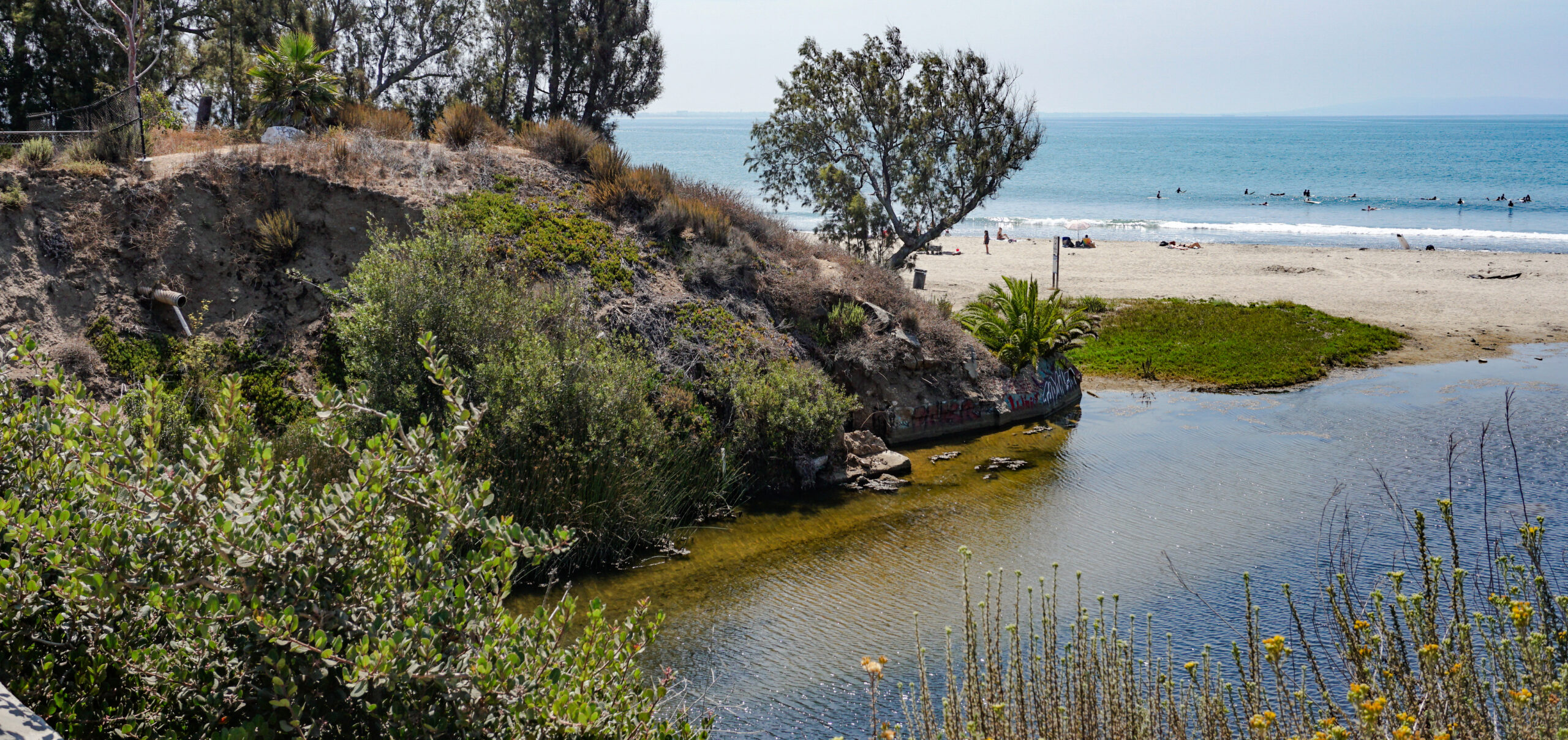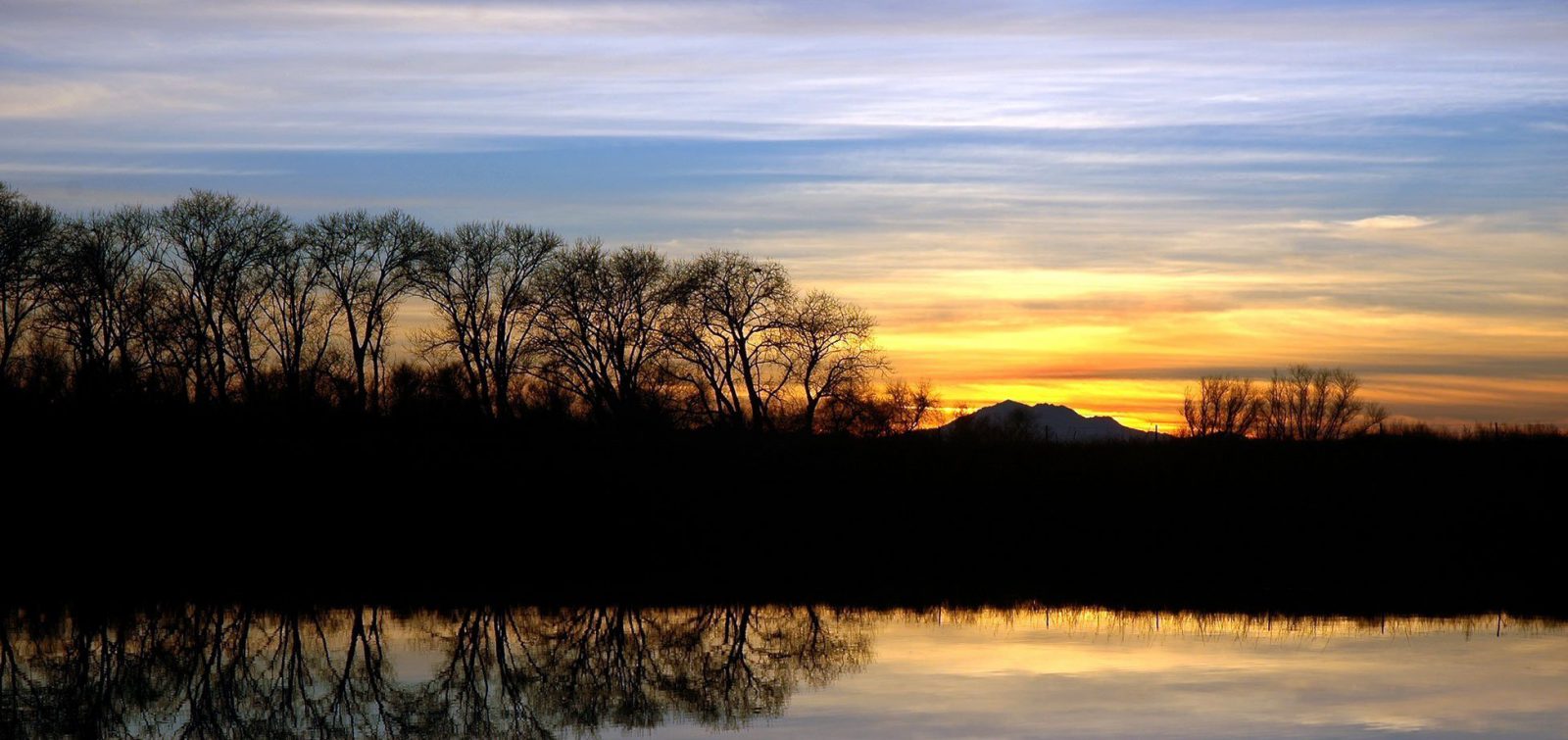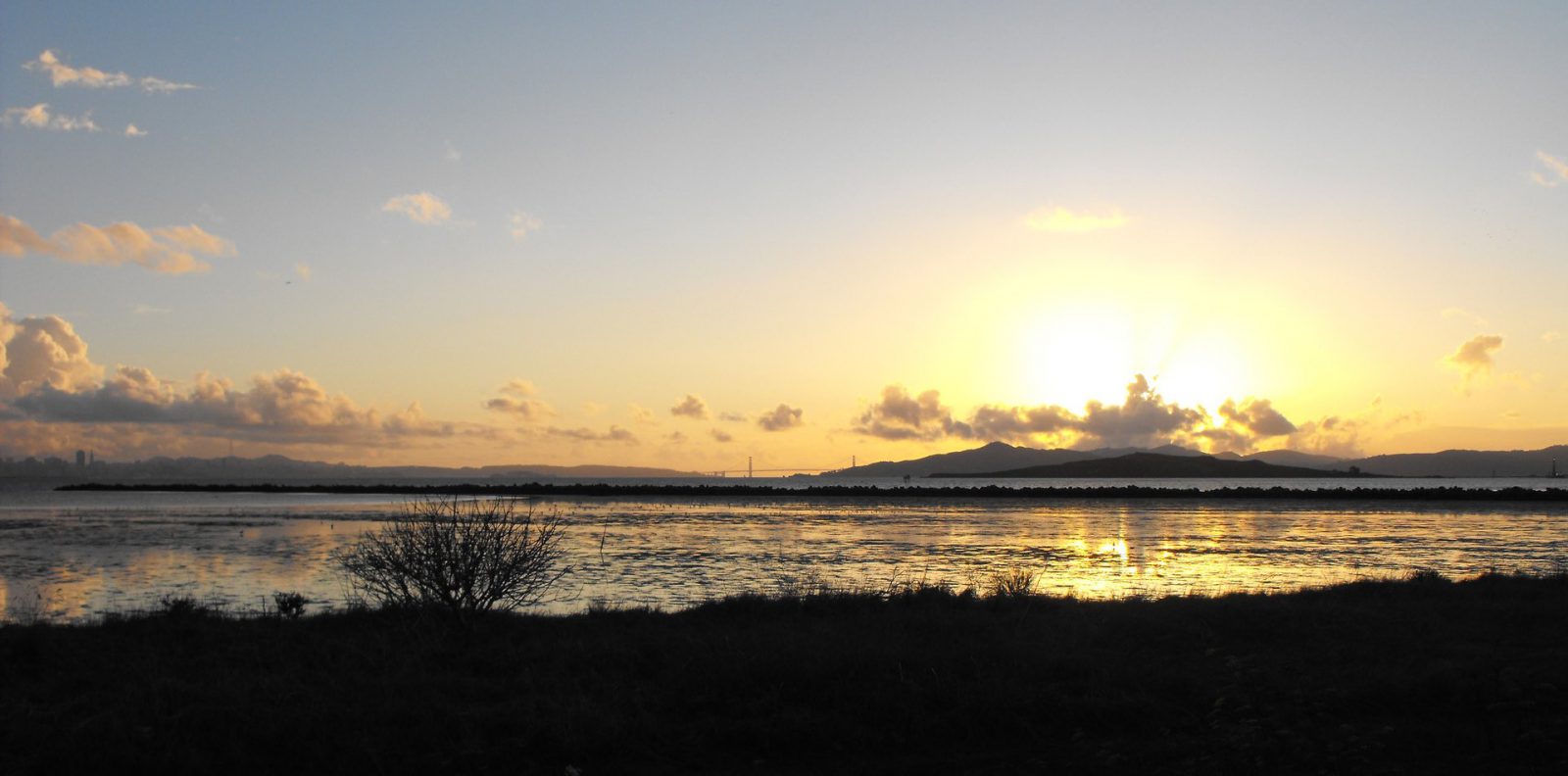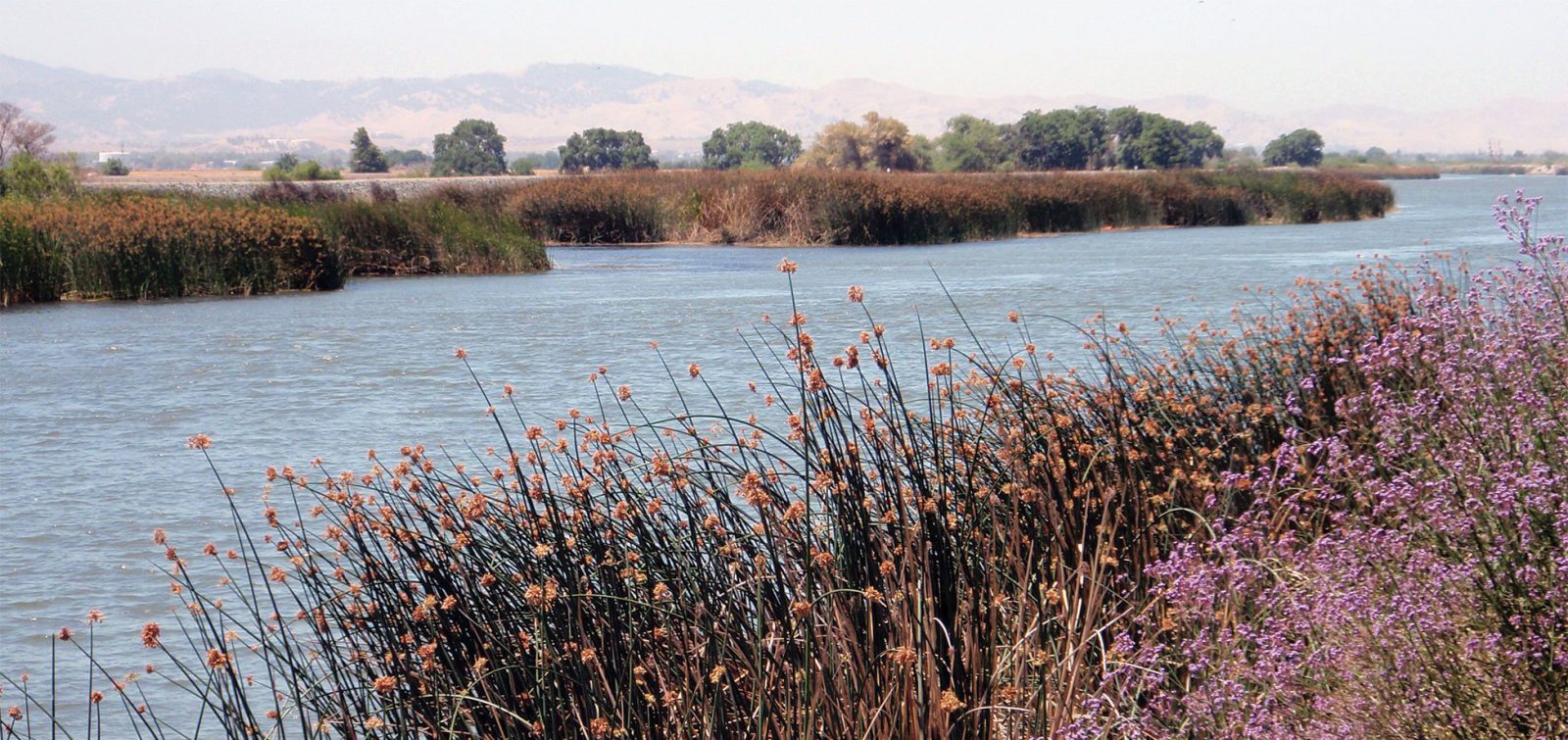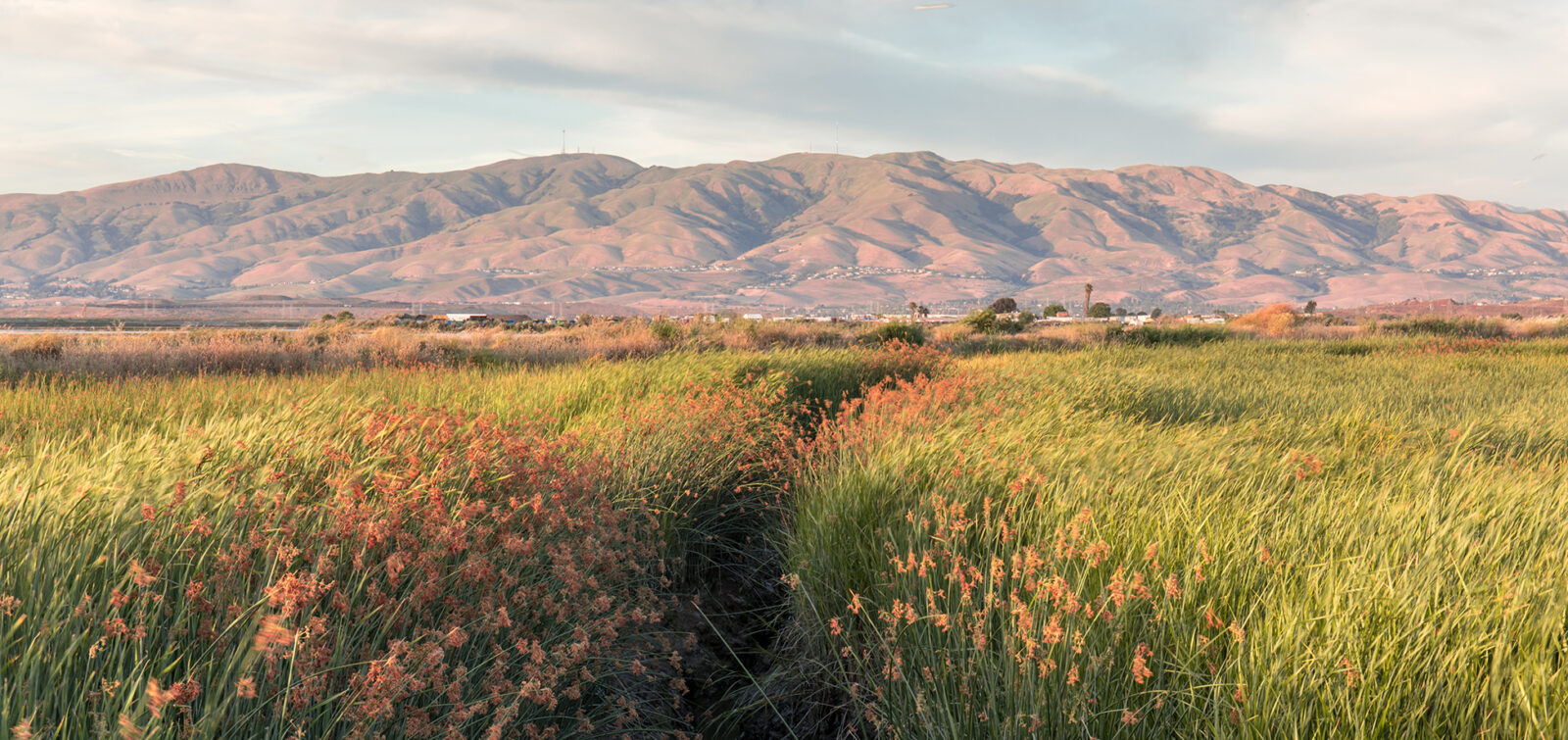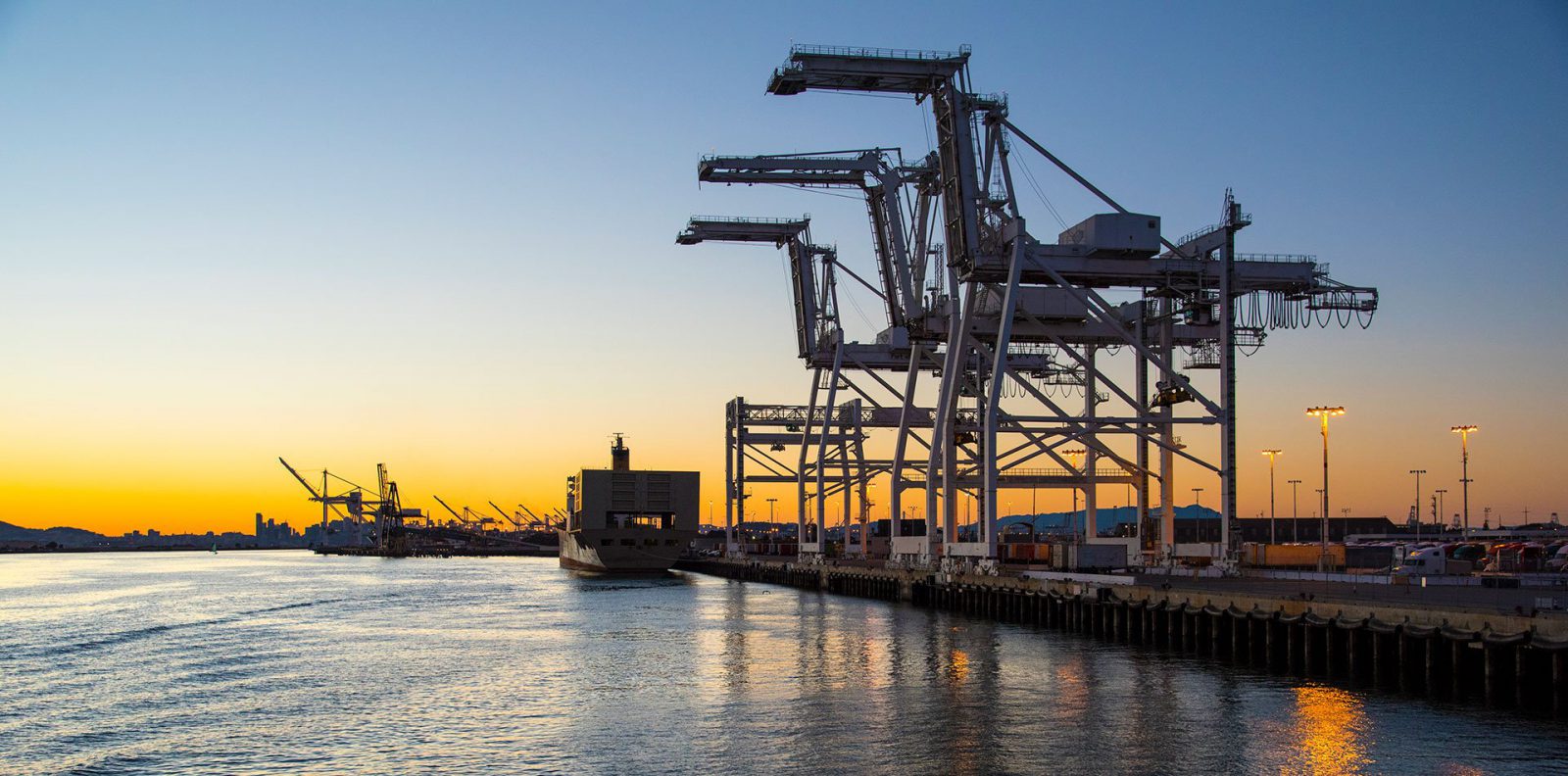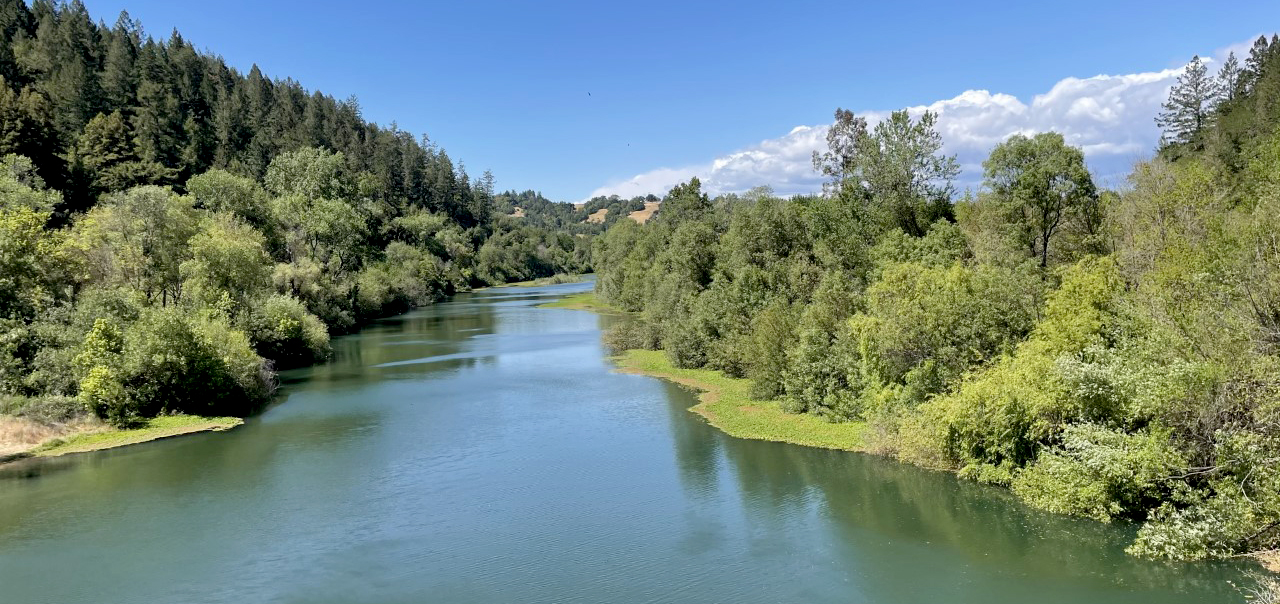On February 12, the Draft Environmental Impact Report (DEIR) was released for the Topanga Lagoon Restoration Project. One of the last coastal wetlands in Los Angeles County, the multiagency cooperative effort seeks to protect and restore important biological and coastal resources, improve coastal access, and address the effects of sea level rise.
Supporting the Resource Conservation District of the Santa Monica Mountains (RCDSMM) on behalf of California State Parks, ESA prepared the lengthy and complex environmental document. This work involved conducting and summarizing thousands of pages of technical information from numerous studies evaluating the effects of wetland restoration, soil removal, bridge reconstruction on the Pacific Coast Highway (PCH), and the redesigning of visitor services and beach access amenities at the site.
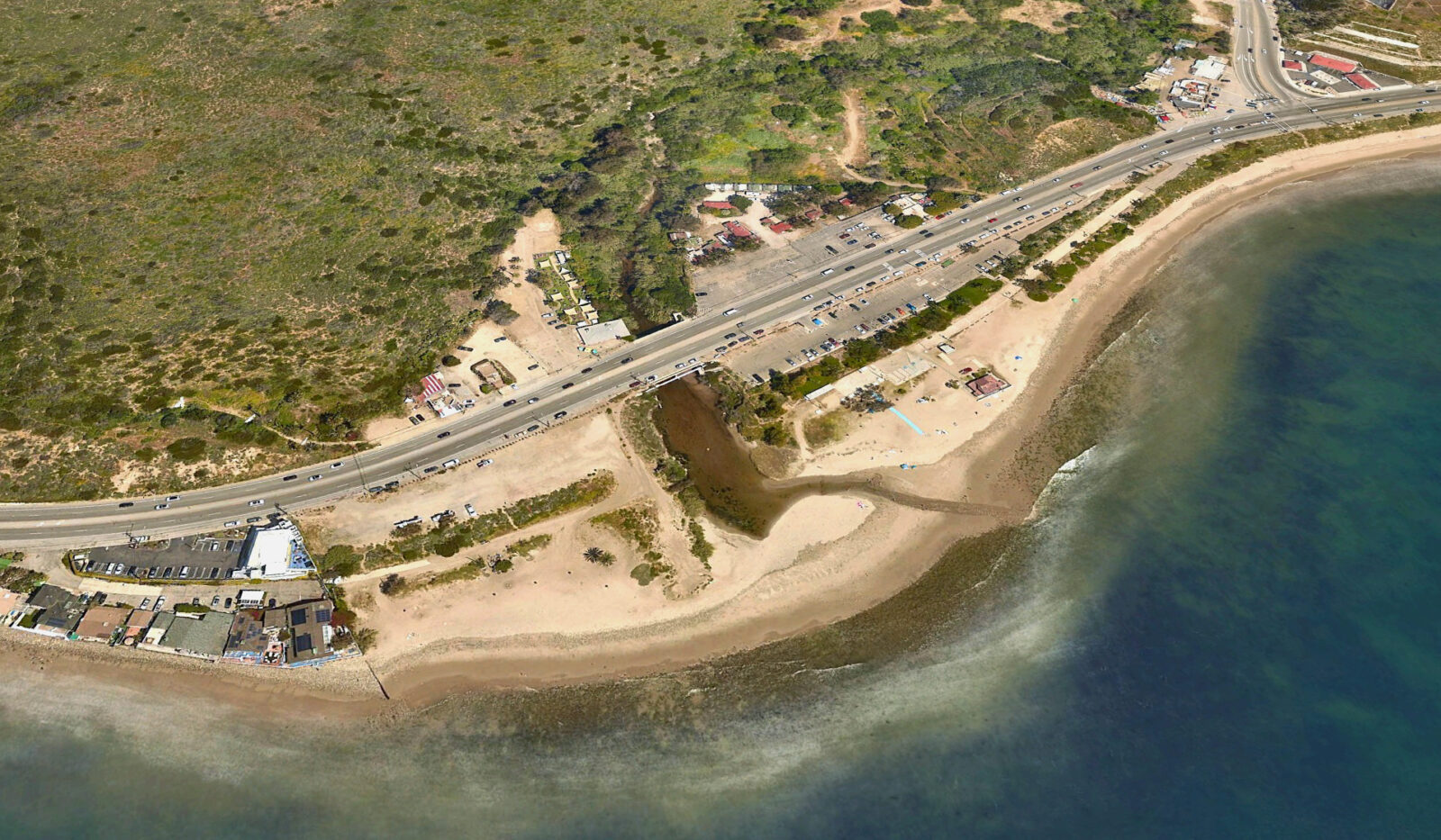
Treasured Environmental and Community Resource
Topanga Lagoon is located within Topanga State Park at the base of the Santa Monica Mountains. Once containing 30 acres of wetlands, this has been diminished to just 1 acre as a result of long-term development. The proposed restoration project is planned within Topanga State Park, Topanga Lagoon, the PCH, and Topanga Beach. The area is of great cultural significance as it is located within the ancestral lands of the Gabrielino-Tongva people. It is also a vibrant community resource that has long been popular with surfers and those wanting to enjoy the sun, beach, and other outdoor activities, hosting millions of visitors per year.
A collaboration between California State Parks, Caltrans, County of Los Angeles Department of Beaches and Harbors, and RCDSMM, the proposed project’s key goals include:
- Expanding and restoring Topanga Creek and the lagoon ecosystem to an area of 7 to 10 acres.
- Replacing the existing aging PCH bridge to support the lagoon restoration and recovery of endangered fish species.
- Constructing a new visitor services area at the intersection of PCH and Topanga Canyon Boulevard, improving coastal access, parking availability, and emergency facilities.
The DEIR evaluates three alternatives that share many elements, but each focuses on specific goals. One alternative would maximize the size of the restored lagoon while removing the historic Topanga Ranch Motel. A second alternative would reroute PCH slightly inland, increasing sea level rise resilience but potentially impacting Native American resources. A third alternative would avoid these impacts but result in a slightly smaller restored lagoon.
Multidisciplinary Effort
Working collaboratively with the design team, our multidisciplinary experts provided a complex study and analysis to support the proposed project’s goals.
Restoration of historic habitat to support ecosystem of watershed
Coastal wetlands and lagoons are unique habitats supporting native species that thrive in a seasonal mix of saltwater and freshwater habitats. As with the majority of California’s historic coastal wetlands, the Topanga Lagoon habitat has been significantly degraded due to development. The proposed project’s expansion of the lagoon would protect and create essential wetland and riparian habitat for the federally endangered tidewater goby and Southern California steelhead trout. A critical component of the design of each of the project’s build alternatives is providing longer windows of opportunity for fish passage.
“Our Environmental Hydrology and Design Group conducted an in-depth fish passage analysis to understand current conditions for the tidewater goby and steelhead trout, and how these can be improved,” notes Environmental Hydrology Director Nick Garrity. “Key to this was the use of ESA’s in-house-developed tool, the Quantified Conceptual Model, employed to analyze coastal lagoon mouth opening and closure dynamics based on sediment and water balance.”
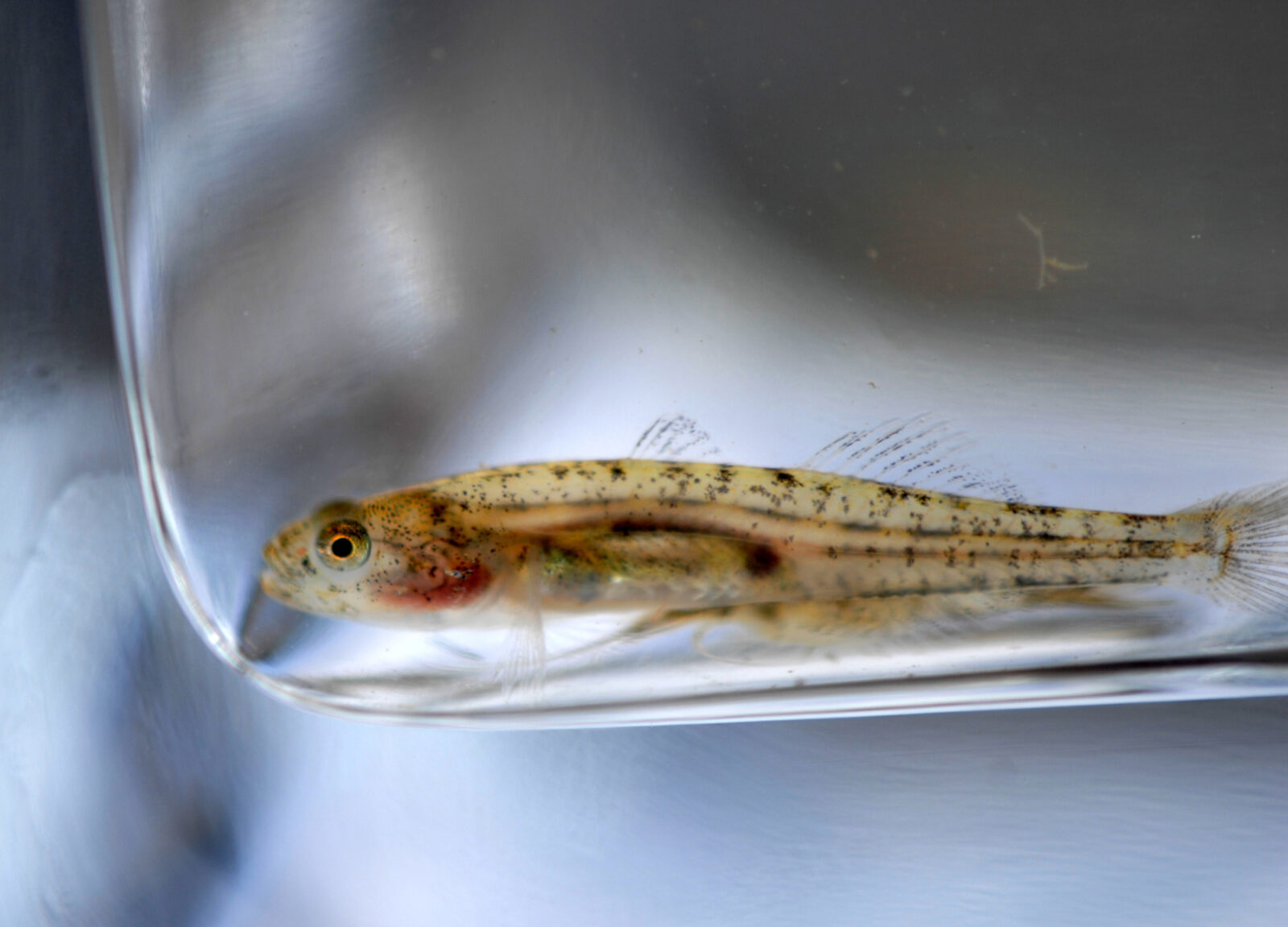
“We used our model to simulate existing conditions, habitat restoration, and future projected sea level rise. Our results allowed us to assess both fish passage and habitat change with the project and climate change.”
Improving resiliency of a major transportation route
In 1933, the original PCH bridge spanning the Topanga Lagoon was shortened to 79 feet, directly impeding fish passage and minimizing lagoon habitat and function. In coordination with Caltrans, the proposed project will lengthen the bridge to nearly 460 feet to accommodate the restoration and expansion of the lagoon, improving habitat and providing resilience to coastal erosion and sea level rise.
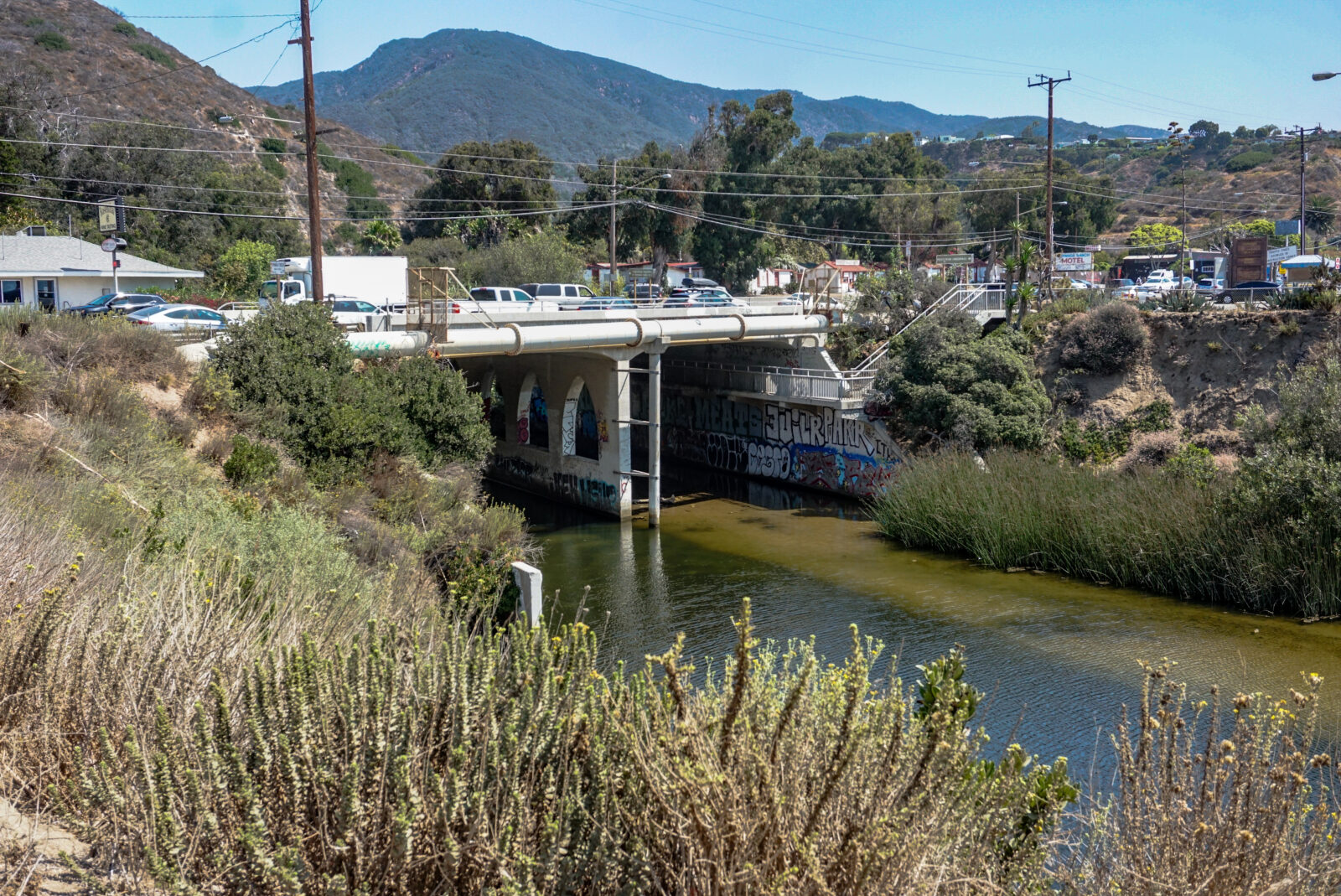
Improving coastal resiliency and access
As with the entire California coastline, current infrastructure within the project area is being affected by coastal erosion impacts. Each proposed build alternative would remove existing fill materials for beneficial reuse, providing additional resilience to the beach downcoast and within the project area. Improving coastal resiliency will also protect public access and visitor-serving amenities, while maintaining emergency services, recreational beach activities, and surfing.
Cultural and historic resources
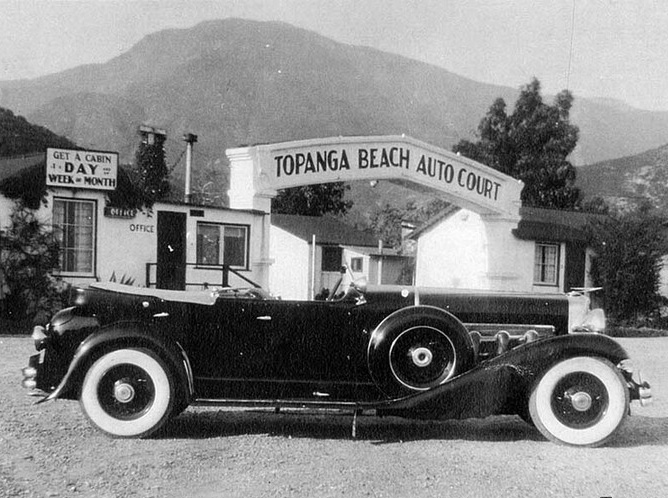
The DEIR evaluates prehistoric cultural artifacts of the Gabrielino-Tongva people as well as historic structures on the site, including the 1930’s Topanga Ranch Motel, which has been determined as eligible for the National Register of Historic Places. The DEIR concludes that only one of the three build alternatives would avoid significant impacts to cultural resources.
Next Steps
Following the certification of the Final EIR, the project will enter design, permitting, and construction phases, respectively, with construction anticipated for 2027 and beyond.
The Topanga Lagoon Restoration Project is a unique and critically important effort for the environment and for the community dependent on this vibrant area. We look forward to sharing more as the project progresses. Please reach out to Tom Barnes for additional information on ESA’s work.
